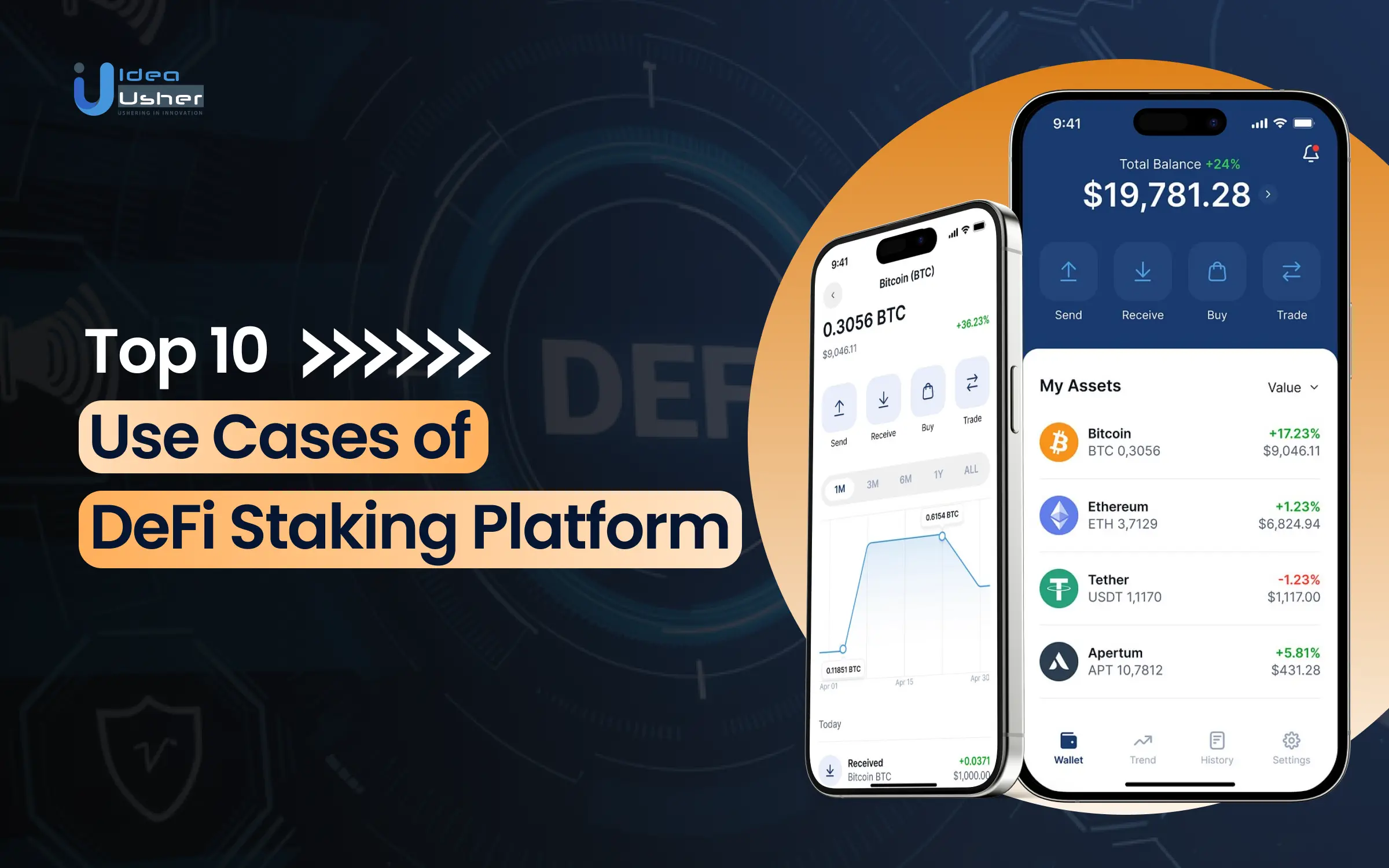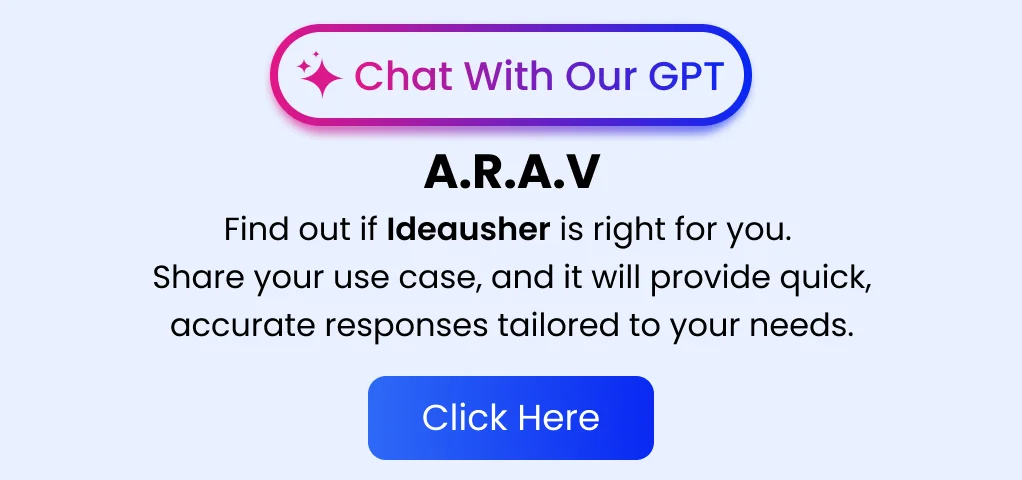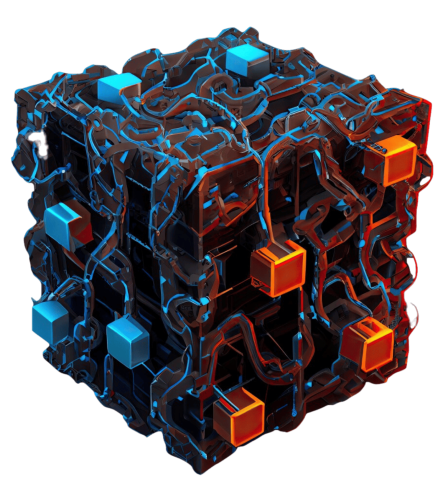DeFi staking platforms have become a key part of the decentralized finance world, giving users a smart way to earn passive income while helping strengthen blockchain networks. One of the prominent use cases of DeFi staking platforms is that they allow participants to earn rewards by locking up their crypto holdings, providing a more accessible and less risky alternative to traditional investment strategies. Traditionally, earning returns on crypto assets required complex trading strategies or risky investments, making it inaccessible for many users. Staking solves this problem by providing a simpler and more secure way to grow assets without actively trading. By locking their crypto holdings in staking protocols, participants not only secure these networks but also earn rewards, creating a win-win scenario in the DeFi space.
According to a recent report, the global DeFi staking market is projected to surpass $40 billion by 2025, reflecting its growing significance in the blockchain ecosystem. Staking plays a pivotal role in decentralized finance, enabling network stability, incentivizing participation, and providing liquidity. As DeFi adoption continues to rise, staking platforms have gained immense traction among both retail and institutional investors. In this blog, we’ll explore the top 10 use cases of DeFi staking platforms, showcasing their transformative potential in the financial world.
Key Market Takeaways of DeFi Staking Platforms
Source: GrandViewResearch
The rising adoption of DeFi is largely driven by its ability to eliminate intermediaries from financial transactions. This transformation is particularly impactful in the insurance sector, where DeFi effectively addresses the complexities, extensive paperwork, and cumbersome audit processes inherent in traditional systems. By utilizing decentralized finance platforms, the insurance industry has achieved greater efficiency, which in turn has fueled the overall growth of the DeFi market.
The rapid growth of e-sports and gaming has become a key driver for the expansion of Decentralized Finance platforms, with developers increasingly integrating DeFi tokens for in-app purchases. Additionally, trading games and digital collectibles have gained traction as popular blockchain genres, allowing users to trade tokens and create unique ecosystems. One such example is Augur, a DeFi platform where users can place bets on a wide range of global events, sports, and economic outcomes. The rise of blockchain-based prediction platforms is set to open new avenues for market growth in the near future.
Work with Ex-MAANG developers to build next-gen apps schedule your consultation now
What is DeFi Staking?
DeFi staking is the process of delegating cryptocurrency tokens in a DeFi platform to support blockchain operations and earn rewards. In the DeFi ecosystem, staking serves as a key mechanism for users to actively participate in maintaining network security, validating transactions, or providing liquidity to dApps while generating passive income. Staking means locking up your digital assets in a protocol, usually as part of a system like Proof of Stake. These assets are kept safe in a smart contract and can either be directly used on the network or added to liquidity pools that help with decentralized transactions.
How DeFi Staking Platforms Work
DeFi staking platforms operate by integrating smart contracts to automate the staking process. Here’s a general overview of how they function:
- Token Selection: Users choose a cryptocurrency token supported by the staking platform, ensuring it aligns with their investment goals and staking preferences. The selected token is typically part of a proof-of-stake or other consensus mechanism.
- Wallet Connection: Participants connect their digital wallets, like MetaMask, Trust Wallet, or others, to the staking platform, securely linking their assets to enable staking. This connection allows users to interact with the platform without exposing their private keys.
- Staking Commitment: Users lock their tokens in a staking pool or protocol, making them inaccessible for a predetermined period. This commitment supports the network’s security and operations while giving users the opportunity to earn rewards over time.
- Reward Distribution: Rewards are generated based on factors like the number of staked tokens, duration of staking, and protocol-specific conditions. Rewards usually come from transaction fees, inflationary token issuance, or platform-specific incentives and are typically distributed at regular intervals.
Must-Have Features of Staking Platforms
Staking platforms offer a range of features designed to enhance the user experience, making it easier and more rewarding to participate in decentralized finance.
- Diverse Staking Pools: To cater to different user preferences, staking platforms provide a wide range of staking pools, each offering various terms, rewards, and risks. Users can choose from flexible staking periods and choose short-term commitments or long-term investments.
- Secure Wallet Integration: Staking platforms seamlessly integrate with popular cryptocurrency wallets, making it easy for users to transfer assets. These platforms implement robust security measures to protect user’s funds and data, including multi-factor authentication, adding an extra layer of protection to user accounts.
- Real-Time Tracking and Rewards: Users benefit from transparent reward systems with clear details on earnings and payout schedules. Staking platforms offer real-time updates, ensuring that users are always informed about the status of their staked assets and reward accumulation. Automated reward reinvestment options are available, allowing users to maximize their returns without manual intervention.
- User-Friendly Interface: Staking platforms are designed with simplicity in mind, featuring easy-to-navigate dashboards that offer clear insights into staking pools, rewards, and user balances. The process to initiate staking is streamlined, making it accessible even for beginners, while intuitive tutorials and guides help users understand each step of the process.
Top 10 Use Cases of DeFi Staking Platforms
DeFi staking platforms have transformed how individuals interact with financial systems by unlocking new earning avenues and improving blockchain ecosystems. By staking cryptocurrency, users not only gain rewards but also actively contribute to network security and operational efficiency. Below, we explore the top 10 use cases of DeFi staking platforms, showcasing their growing relevance and impact.
1. Earning Passive Income
It enables users to generate passive income by locking their assets in a staking protocol. Instead of sitting idle, tokens generate rewards in the form of additional tokens or fees from transactions. For example, Ethereum 2.0 staking rewards participants who lock ETH as validators, ensuring steady returns based on their contribution to the network. Unlike traditional savings accounts with meager interest rates, staking can offer annual APYs ranging from 5% to 20% or more. Platforms like Binance Staking or Cardano empower users to earn significantly higher returns while maintaining control over their funds in a decentralized ecosystem.
2. Network Security Enhancement
Staking is integral to maintaining the security of Proof of Stake blockchains. Validators who stake assets are incentivized to act honestly, as malicious behavior can lead to penalties or loss of staked assets. For instance, Polkadot uses staking to select validators who secure the network and verify transactions. Staking ensures that PoS blockchains remain operational and secure. Projects such as Solana and Avalanche rely on stakes to validate blocks and maintain decentralized consensus, making the network more resilient against attacks.
3. Liquidity Provision
DeFi staking also contributes to liquidity provision by allowing users to deposit staked assets into liquidity pools. These pools support DEXs like Uniswap and SushiSwap, ensuring smooth trading without centralized intermediaries. Liquidity providers earn a share of transaction fees, boosting profitability. Additionally, users benefit from reduced slippage and enhanced market efficiency. Platforms like Curve Finance, which specializes in stablecoin liquidity, rely heavily on staked tokens to maintain robust operations.
4. Yield Farming Opportunities
DeFi platforms often combine staking with yield farming, enabling users to maximize returns by participating in multiple protocols. Yield farming involves staking tokens to earn governance tokens or additional rewards from liquidity incentives. Yearn Finance automates yield farming by identifying the most lucrative staking opportunities across protocols. Users who stake their assets can achieve compounded returns by reinvesting their rewards into other strategies to optimize profits.
5. Access to Governance
Staked tokens often serve a dual purpose: earning rewards and granting governance rights. This empowers users to vote on protocol upgrades, fee structures, and other critical decisions. Platforms like Aave and Compound use staked governance tokens to ensure decentralized decision-making. Token holders with substantial stakes wield greater voting power, making the system more democratic. For instance, in the MakerDAO ecosystem, participants who stake MKR tokens influence decisions on collateral types and stability fees.
6. Collateral for Loans
Staked assets can be used as collateral to secure loans on DeFi platforms. Users lock their tokens in smart contracts and borrow stablecoins or other cryptocurrencies without liquidating their holdings. Platforms like Anchor Protocol allow users to stake TerraUSD as collateral while earning staking rewards. Borrowers enjoy access to liquidity, while lenders benefit from interest payments, creating a win-win scenario.
7. Token Inflation Mitigation
Staking can help mitigate inflation by locking tokens out of circulation, reducing supply pressures. Some protocols issue new tokens as staking rewards, ensuring that rewards align with network growth. For example, Tezos employs staking to incentivize holders while curbing excessive inflation. This approach maintains token value over time, benefiting both stakers and long-term investors.
8. Cross-Chain Staking
Cross-chain staking is one of the use cases of staking platforms that facilitates staking on multiple blockchain networks, enhancing interoperability and user flexibility. This concept allows users to maximize staking rewards across ecosystems. Projects like Cosmos and Polkadot excel in enabling cross-chain staking, ensuring seamless interaction between different blockchains, and strengthening the DeFi ecosystem.
9. Enhanced Token Utility
Staking enhances token utility by integrating rewards, governance, and other features into a single ecosystem. Algorand uses staking to incentivize participation while facilitating instant payments and decentralized app development. By offering staking rewards, platforms retain user loyalty and attract new participants. This organic growth leads to a stronger, more vibrant community, exemplified by Ethereum 2.0’s beacon chain.
10. Environmental Sustainability
Staking has replaced energy-intensive mining in many blockchains, reducing environmental impact. PoS blockchains consume significantly less energy, making them more sustainable. Cardano and Polkadot emphasize sustainability by leveraging PoS to minimize carbon footprints while maintaining robust operations. This shift toward green technology aligns with global environmental goals.
Potential Future Trends in DeFi Staking
Other than the important use cases of staking platforms, there are innovative new features and trends that enhance user experience and maximize returns. Here are some potential future trends in DeFi staking that are shaping the landscape for both participants and platforms.
1. Liquid Staking Derivatives
Liquid staking derivatives allow users to stake their tokens while maintaining access to liquidity through a secondary token that represents their staked assets. These liquid tokens can be used across DeFi platforms for trading, lending, or providing liquidity to other protocols. This innovation bridges the gap between staking and active DeFi participation, enabling users to maximize their earnings without locking their assets completely.
2. Dynamic Staking
Dynamic staking offers users the ability to adjust their staking positions in real-time based on fluctuating market conditions and reward rates. This flexibility empowers users to optimize returns by moving their staked assets to pools that offer higher rewards or minimize risk during volatile periods. By integrating automation and real-time analytics, dynamic staking enables a more personalized and strategic approach, ensuring users remain agile in the ever-changing DeFi ecosystem.
3. AI-Powered Staking Strategies
AI-powered tools analyze vast amounts of market data, historical trends, and real-time conditions to optimize staking strategies for users. These intelligent systems help identify the most profitable staking pools, suggest portfolio adjustments, and minimize exposure to risks. As this technology advances, users will gain access to increasingly sophisticated tools for maximizing their staking returns.
4. Social Staking
Social staking integrates the principles of community engagement into the staking process by rewarding users for contributing to a platform’s growth and vitality. Participants can earn additional incentives by sharing staking-related information, referring new users, or engaging in community governance and discussions. This trend not only fosters stronger user loyalty but also encourages active participation, making DeFi staking a collaborative and socially rewarding experience.
5. Green Staking
Green staking aligns with the global emphasis on sustainable finance by encouraging users to stake tokens on eco-friendly blockchains or projects with positive environmental impacts. Stakers can earn rewards while supporting climate-conscious initiatives, creating a win-win scenario that balances profitability with environmental responsibility.
Conclusion
In my opinion, DeFi staking platforms offer tremendous potential for both users and businesses looking to participate in the decentralized finance ecosystem. From providing passive income and enhancing network security to fostering decentralization and token utility, the benefits are clear. The top use cases, such as liquid staking, dynamic staking, AI-powered strategies, social staking, and green staking, highlight the growing innovation in this space. For entrepreneurs looking to create their staking platforms, there are numerous opportunities to leverage these trends and build a competitive edge in the market. However, it’s important to encourage responsible participation, as staking involves risks and requires informed decision-making. By ensuring users understand these dynamics, you can create a platform that not only drives growth but also promotes a sustainable and secure DeFi environment.
Want to Create a Staking Platform?
At Idea Usher, we’re here to help you bring your staking platform vision to life with the expertise and experience you can trust. With over 500,000 hours of coding experience in app development, we understand the DeFi space like no one else. We know how important it is to create a platform that’s not just secure and user-friendly but one that offers the innovative features users crave, like liquid staking and AI-driven strategies.
If you’re ready to stand out and offer something truly valuable, we’re here to turn your ideas into reality. Don’t hesitate to reach out to us, and let’s start building something incredible together!
Work with Ex-MAANG developers to build next-gen apps schedule your consultation now
FAQs
What blockchain should I choose for my staking platform?
The choice of blockchain depends on factors like scalability, security, and the specific needs of your platform. Popular blockchains like Ethereum, Binance Smart Chain, and Solana are widely used for staking, but newer, eco-friendly blockchains like Algorand or Cardano may also be attractive options for users interested in green staking.
How do I ensure the security of a staking platform?
Security is paramount in staking platform development. To ensure robust security, implement multi-factor authentication, strong encryption protocols, and regular audits. Additionally, using smart contract audits, cold wallets for storing funds, and following best practices for DeFi security will help protect both user assets and the platform from potential vulnerabilities.
What are the most common use cases for staking platforms?
The most common use cases for staking platforms include earning passive income through staking rewards, securing blockchain networks by participating in PoS mechanisms, and diversifying investment portfolios. Staking also allows users to engage in governance decisions and contribute to the growth of the blockchain ecosystem by locking their tokens.
How can staking platforms support liquidity and DeFi participation?
Staking platforms can support liquidity and DeFi participation by offering features like liquid staking derivatives, which allow users to maintain liquidity while earning rewards. This innovation enables users to trade, lend, or provide liquidity to other DeFi protocols using tokenized representations of their staked assets, creating a seamless bridge between staking and active DeFi involvement.





















